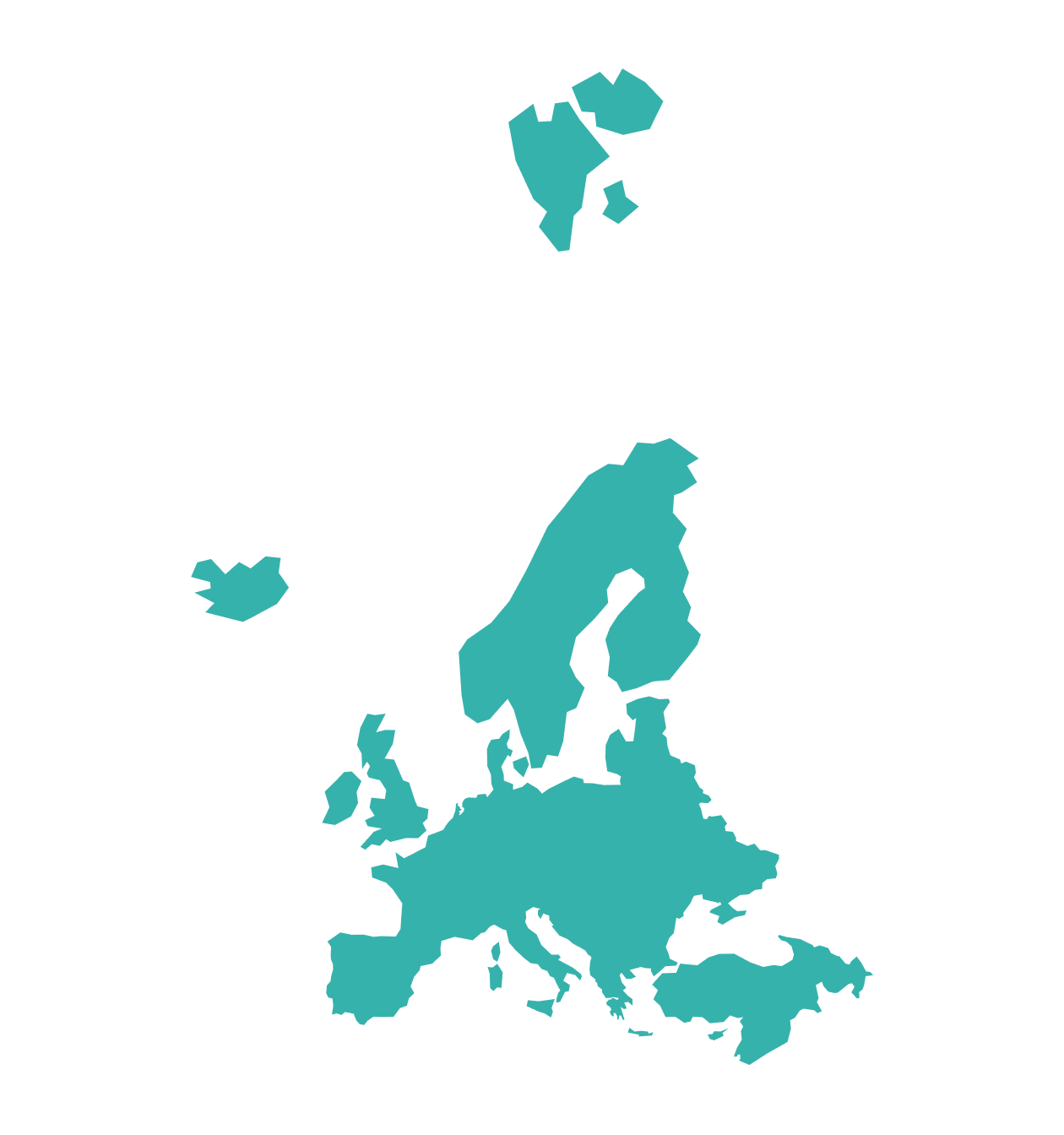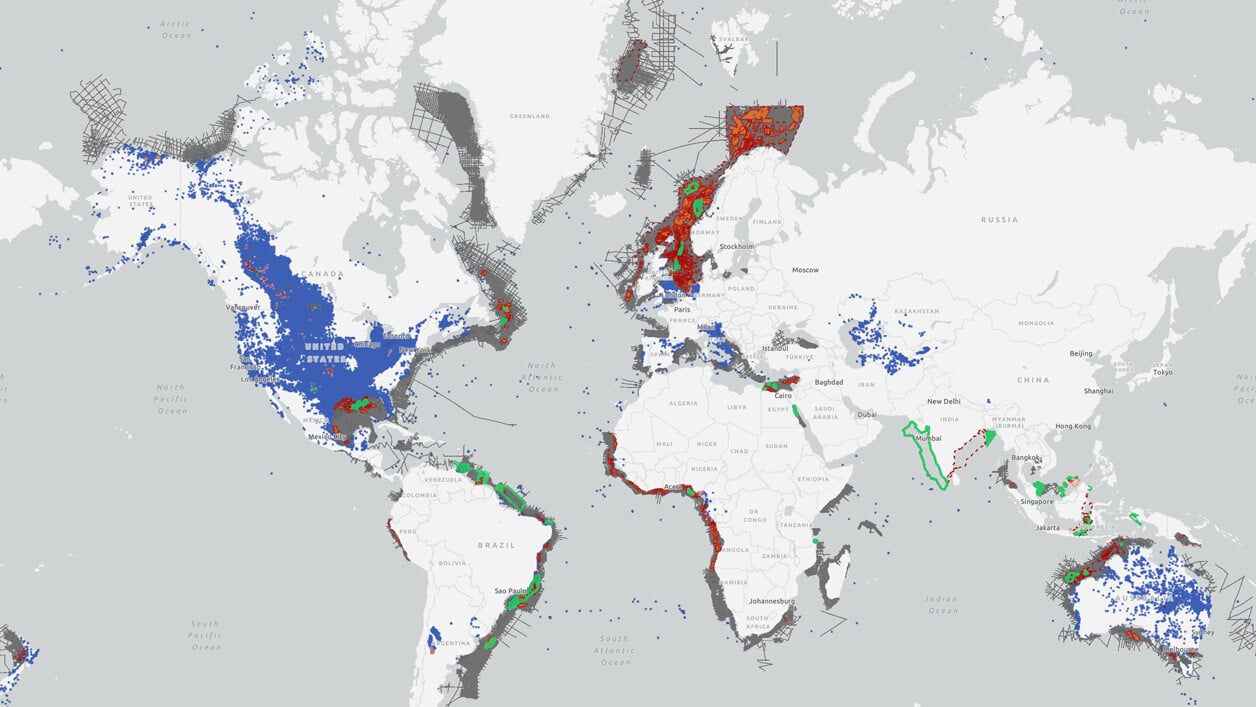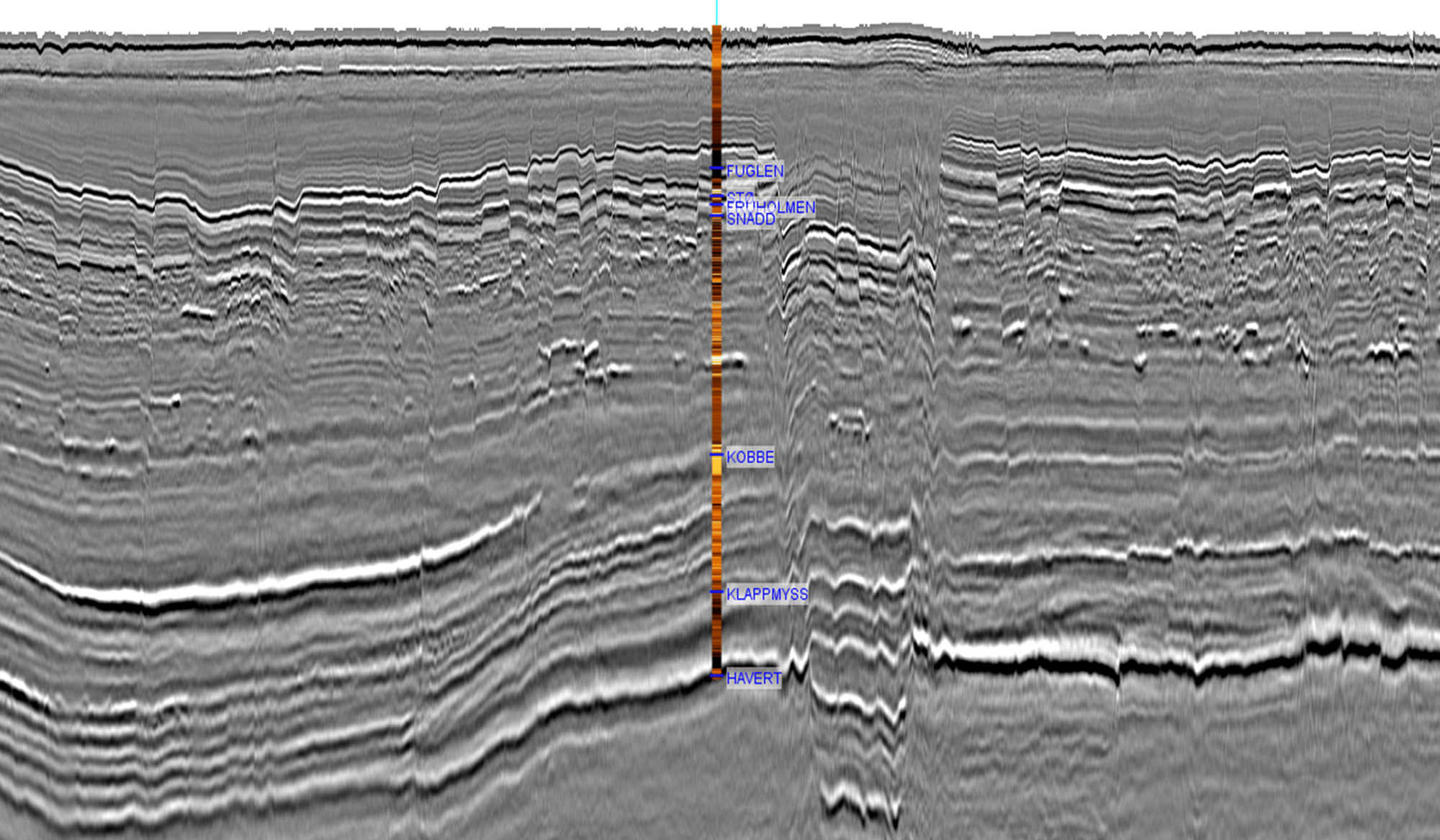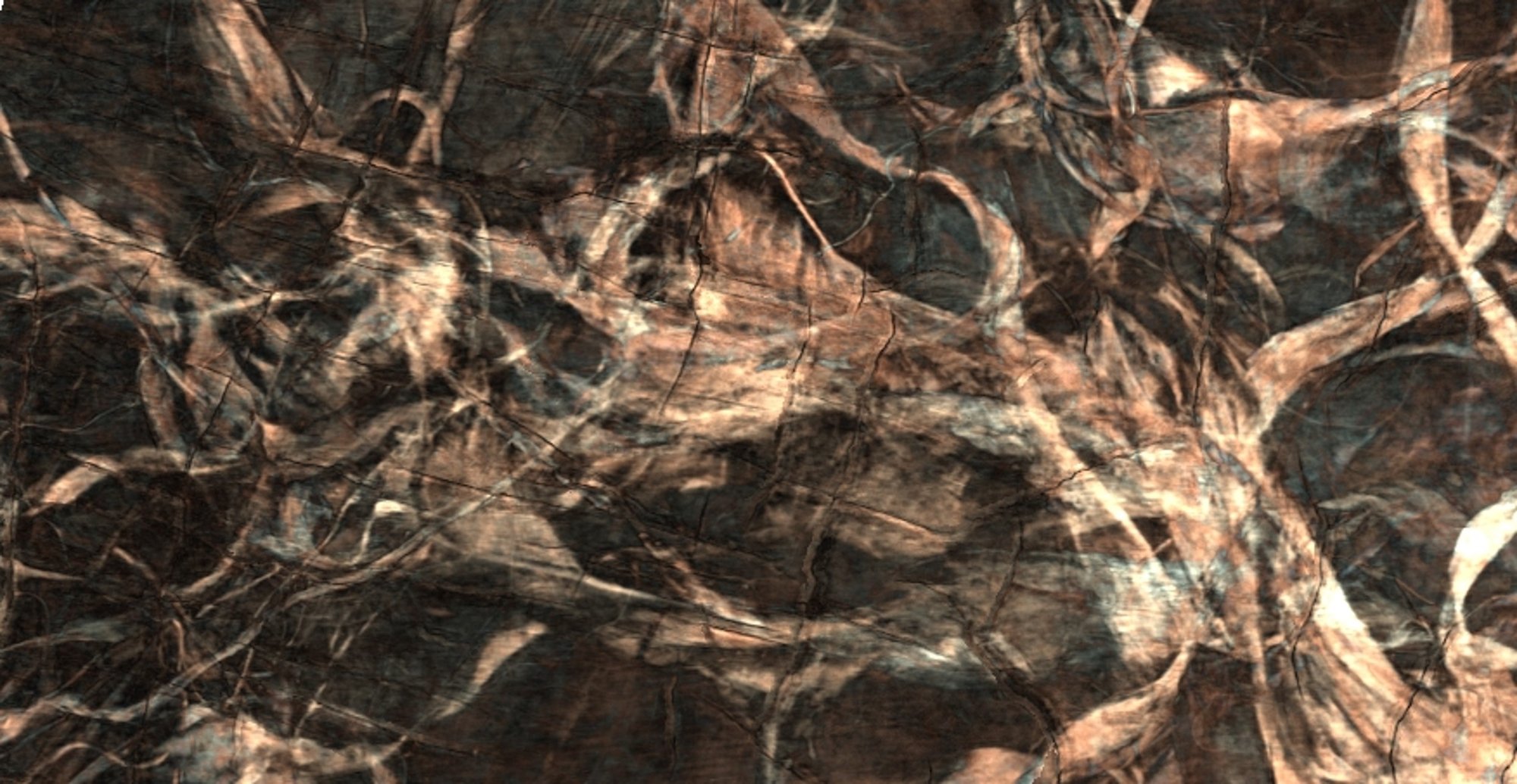Hoop Fault Complex

Why the Hoop Fault Complex?
The Hoop Fault Complex is located NE of the Johan Castberg Field in the central part of the Norwegian Barents Sea. Six wells have been drilled to date, and two light oil and two gas discoveries have been made, including Wisting. The discovery and nearby exploration potential is currently being evaluated in light of a potential stand-alone development and PDO decision in the next few years. The most remarkable thing about the discoveries is the shallow depth – they are located in excellent Jurassic reservoirs only a few hundred meters below the seafloor. The latest oil discovery, “Sputnik,” opens the deeper Upper Triassic play where oil was found in the wast fluvial-deltaic systems of the Snadd Formation. This area's challenging, highly complex structural and sedimentological development puts the standard geophysical data to the test.
The Hoop area has become a geophysical and geological testing ground for new technologies, maximizing the opportunity presented by shallow targets. Besides many new 2D seismic data sets and seafloor sampling cruises, the area has extensive continuous 3D seismic and 3D CSEM (controlled-source electromagnetic) coverage. Noteworthy among the new technologies tested are seismic de-ghosting processing techniques, P-Cable ultra-high-resolution 3D seismic, and induced polarisation (IP). The generally shallow and condensed succession ranging from Carboniferous to Cretaceous is ideal for the CSEM method. The entire area was covered with this datatype and, together with the 3D seismic tools, gave the interpreters a great possibility to verify whether hydrocarbon-filled structures existed. The seafloor sampling measurements gave further insight into the hydrocarbon phase and intensity. As such the Hoop area now has one of the best multi-physics databases in the world.
Data Library
Search our interactive map portal to see the industry-leading subsurface data we offer in the Hoop Fault Complex. View available data types, projects and deliverables in your areas of interest.

Our Data
TGS has acquired more than 22,000 km2 of semi-high-density 3D seismic in the Hoop area in recent years using a 3D spread of 10 streamers, 6,000 m long and 75 m apart, with streamers at 9 m depth and gun arrays at 7 m. This multi-vintage database was reprocessed into a seamless, high resolution and de-ghosted volume.
As Jurassic targets lie before the first seafloor multiple and customarily at less than 1,000 m depth, P-Cable seismic was also applied along with the Clari-Fi de-ghosting technique. P-Cable is an extreme type of 3D technology – with a typical 100m spread comprising 16 streamers, only 25m long, 12.5m between cables, streamers at 2m, and gun at 2.5m depth – which maximizes the potential of streamer acquisition technology to meet the specific needs of shallow imaging of this area.
On conventional 3D seismic processing with 4 ms vertical sampling, the contributing seismic frequencies range between 8 and 65 Hz. The de ghosted 2ms vertical sampled reprocessing yielded frequencies between 5 and 120 Hz. Finally, the P-Cable seismic processed at 1ms yielded contributing frequencies up to 250Hz and lateral and spatial resolution of a few meters.


Subsurface Insight
As a result of drilling success, the Jurassic reservoirs are the focus of seismic in this area. When imaging data based on conventional seismic, the two proven Jurassic reservoirs (the Stø and Normela Formations) are difficult to assess in terms of reservoir thickness and vertical stratigraphic heterogeneity. Thickness variations start to be seen in the Jurassic reservoir levels on the de-ghosted 2 ms processed conventional seismic data, and sand and shale interpretation is also possible on the relatively thin reservoirs.
On the P-Cable ultra-high-resolution 3D seismic, small and subtle sedimentation features like individual meandering channels with the accretion of point bars and shore-face deposits, including beach ridges, can be identified. Hydrocarbon indicators such as flat spots and soft kicks, commonly seen in the Jurassic here, become sharper. On some leads, even a second flat event is seen. Where this coincides with a CESM anomaly and a seafloor sample oil seep anomaly, we have the recipe for success.
Speak to a Specialist
Interested in a product demo or trial? Let us know your needs and we’ll connect you to the right person or team.
Book a Data Viewing
Want to see the latest seismic data solutions and imaging technologies in your region of interest or for the next license round? Book a data viewing with one of our experts.
Discuss Your Seismic Data Needs
Every need is different and we'd like the opportunity to discuss yours further. Speak to one of our data or geoscience experts to customize seismic solutions specific to your requirements.

